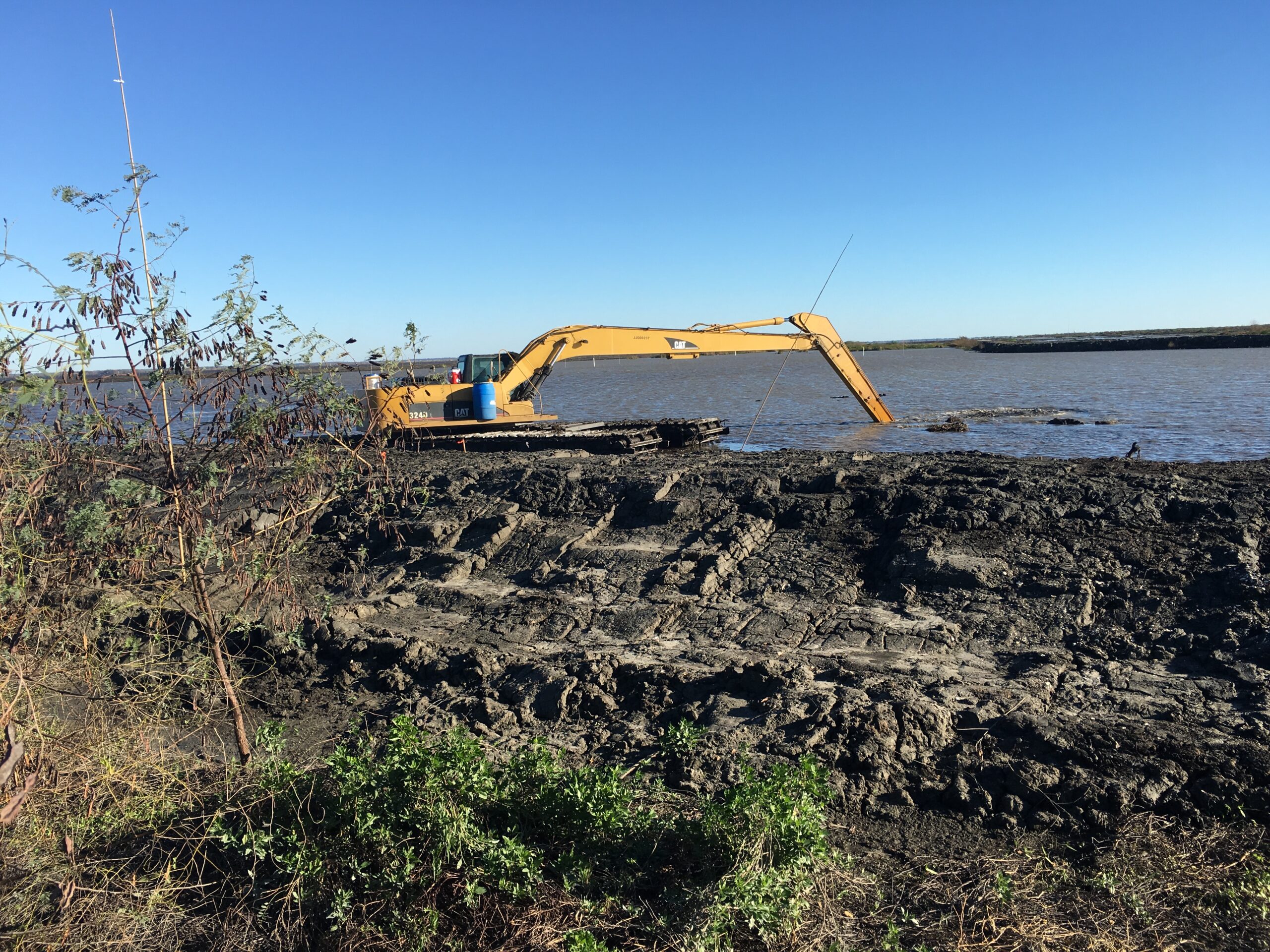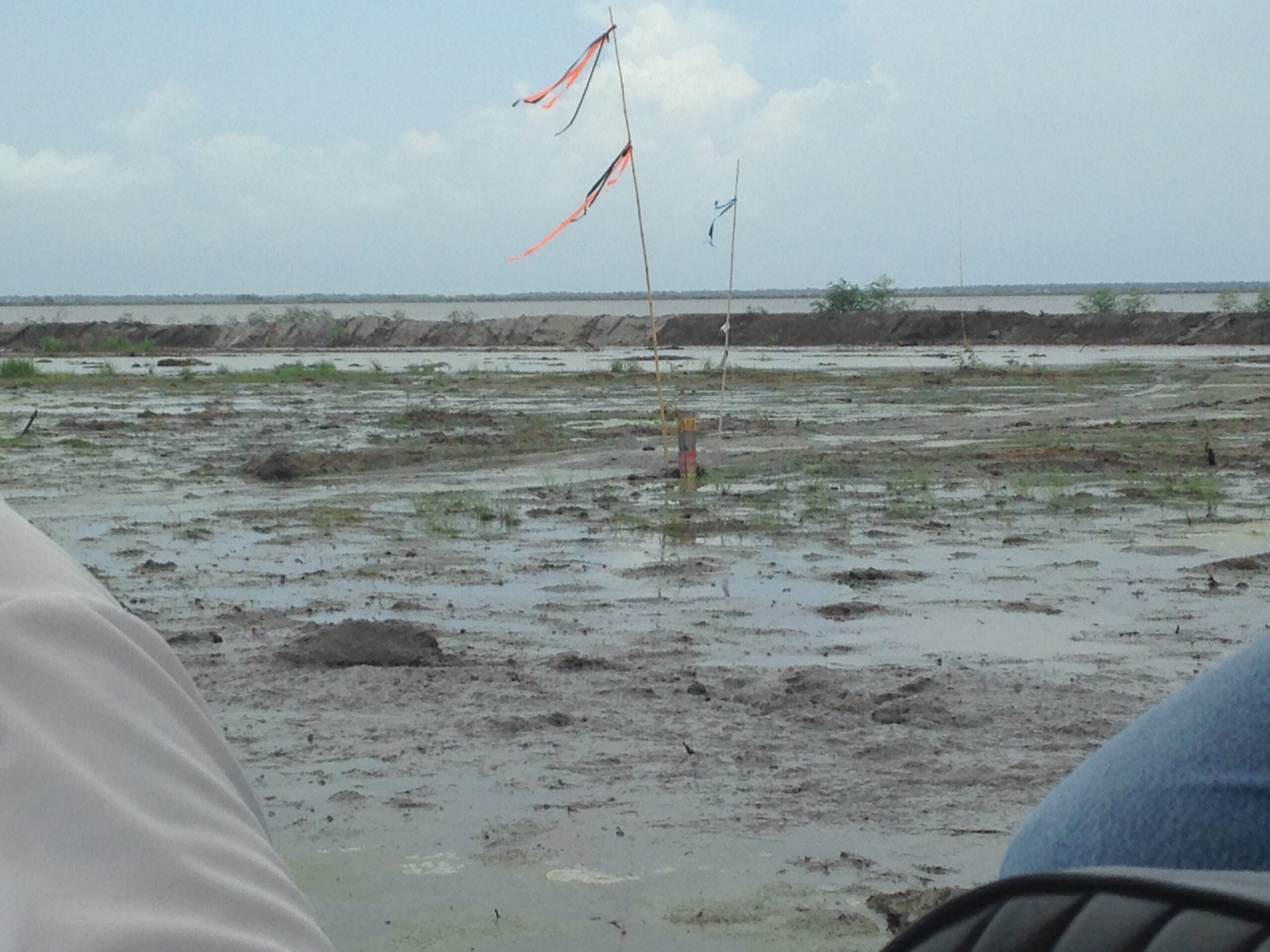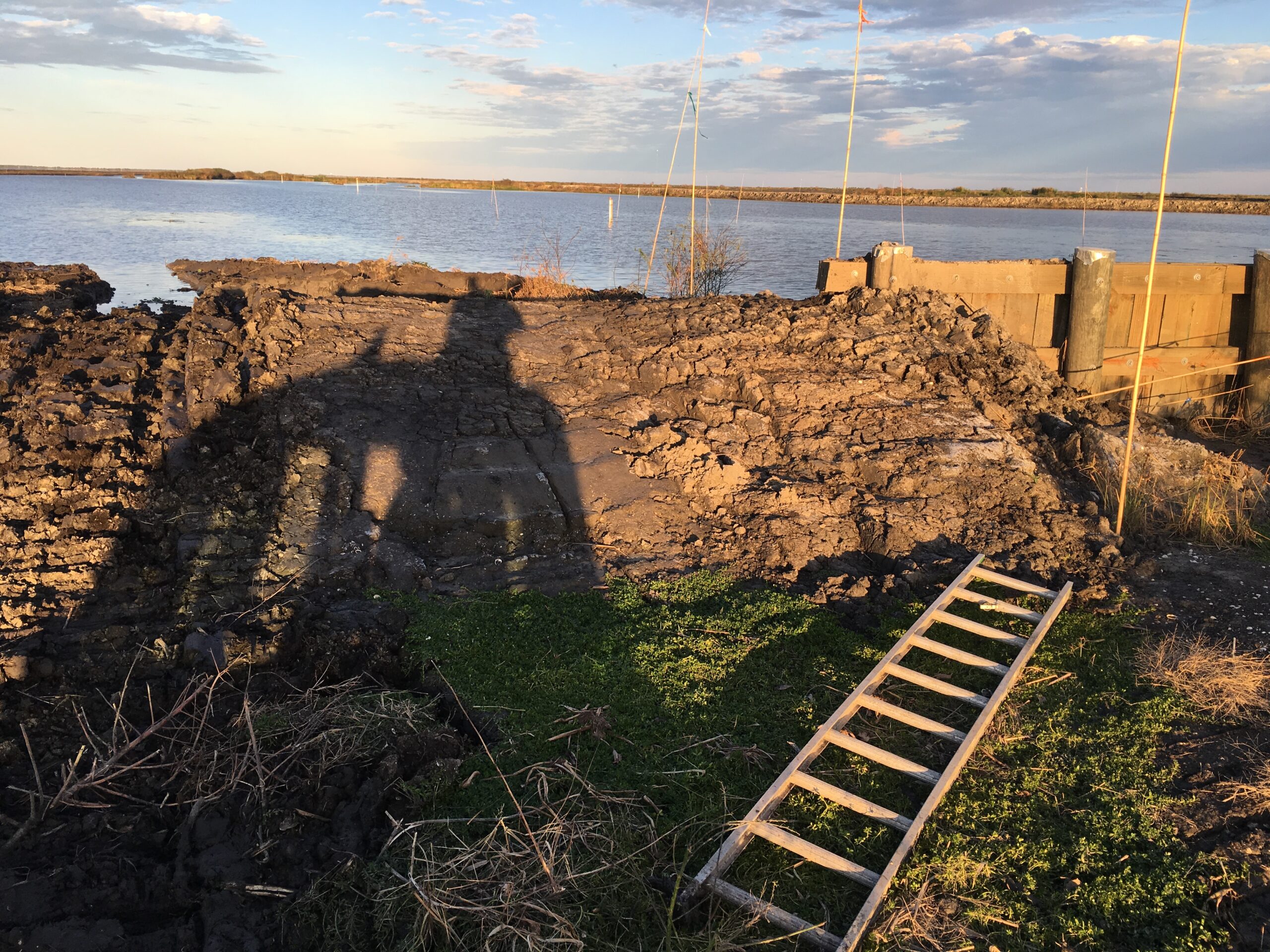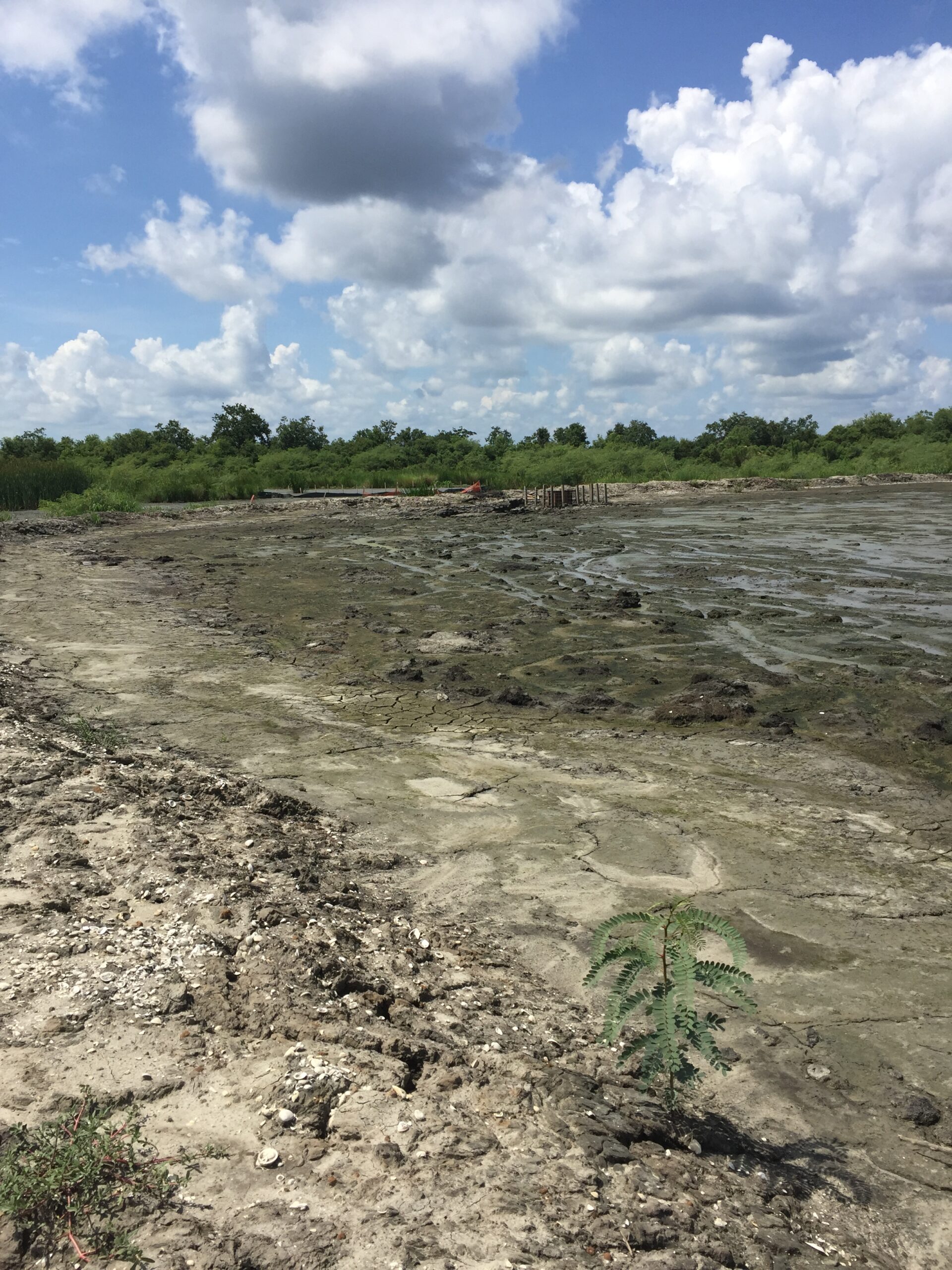South Lake Lery Shoreline and Marsh Restoration
Plaquemines Parish, Louisiana
Private Client
Project Overview
Lake Lery, located in the Breton Sound Basin in Plaquemines Parish, Louisiana, has experienced continual shoreline deterioration that has left much of the adjacent marsh exposed and vulnerable to damaging waves. Significant damage to its southern and western shorelines occurred during Hurricane Katrina. Accordingly, the South Lake Lery Shoreline and Marsh Restoration Project was approved for construction by the CWPPRA Task Force in 2012, to include 496 acres of created/nourished marsh and 35,831 linear feet of shoreline restoration. Due to active pipeline construction during the construction of the Lake Lery Marsh restoration project, the government elected to allow the pipeline company to complete the marsh restoration project following completion of the pipeline construction. In order to provide additional protection to the newly replaced pipeline and enhance the surrounding marsh that was originally slated to be part of the BS-16 project, a public-private partnership was formed between the pipeline owner and the National Resources Conservation Services (NRCS) to create approximately 34 acres of marsh and 2,584 linear feet of lake rim embankment. Additionally, bulkheads and riprap were used to tie in the lake rim embankment at the pipeline crossing locations for added protection.
Project Work & Royal Solutions
Royal was contracted to perform technical review and engineering certification of the marsh creation and rim embankment design for the pipeline section of the project. Specific tasks included full review of the plans, specifications, survey information, geotechnical report, and design report; issuance of a technical memorandum of design comments and recommendations for certification; and estimation of bid quantities and probable construction cost. An integral part of the estimation of bid quantities for the marsh creation component was the prediction of the volumetric cut-to-fill factor for the locally dredged material from the western portion of Lake Lery. The cut-to-fill calculations were based on mass and volume losses of dredged sediment associated with the following processes: 1) Losses at the dredge intake; 2) Losses of suspended fines out of the fill area during construction; 3) Losses due to settlement and consolidation processes in the fill area during construction; and 4) Losses due to mechanical failures such as pipeline leaks and containment dike failures.
Analysis of these four processes included calculations of site-specific geotechnical and hydrodynamic parameters including the flow rate of slurry delivered to the fill area, travel time of slurry through the fill area, concentration of slurry at the end of travel time, total dredge/pumping time, average in-situ bulk density of the borrow-area material, average bulk density of the fill-area material at the end of construction, and settlement of the underlying soils during fill placement.
Construction cost for the marsh creation component was estimated based largely on expected production rates for the specific dredge size, pumping distance, and borrow-material characteristics of the job and the associated pumping requirements for the delivery of the dredged slurry to the fill placement site. Another component of the cost estimate was construction duration, which included dewatering times between lifts and prior to final inspection. Hydraulic calculations were performed to estimate dewatering times under realistic construction conditions, which would contribute to the overall construction duration and cost.
Royal also performed construction management and resident inspection services for this project. Tasks included attendance at the pre-construction meeting; performing submittal reviews, including monthly invoices; preparing daily inspection reports; resident inspection; providing as needed drafting services for borrow area/quantity checks; and providing as-built drawings.



